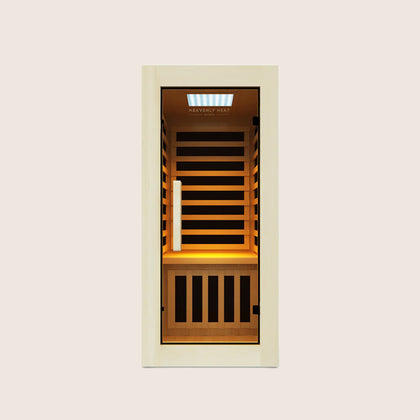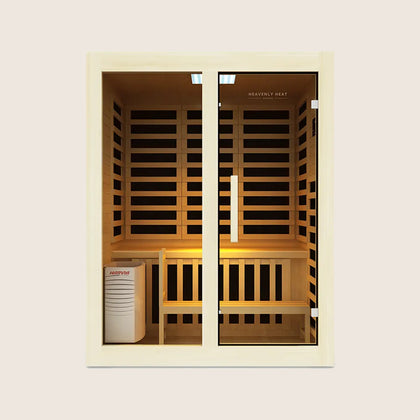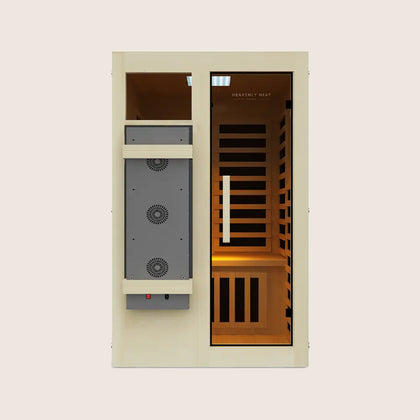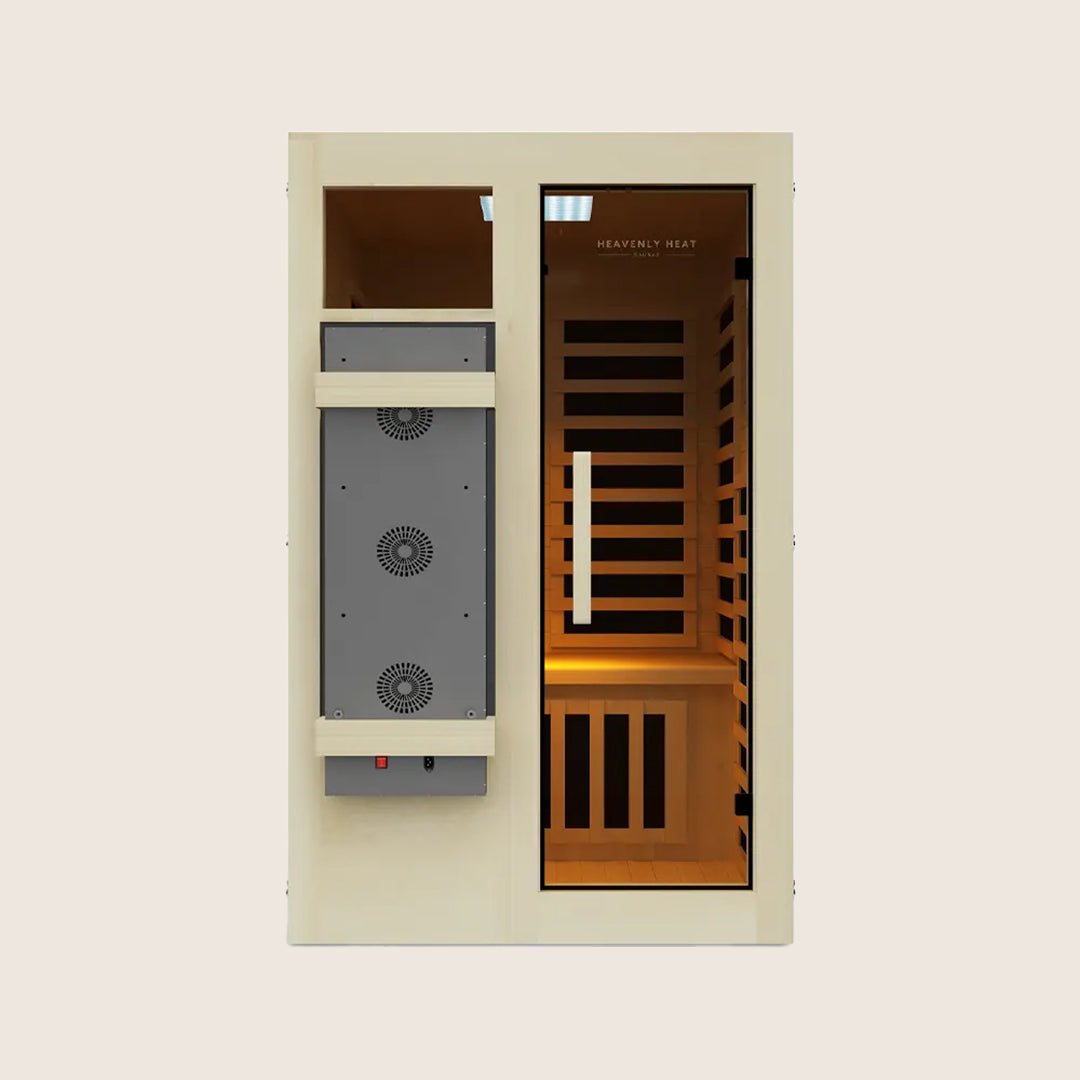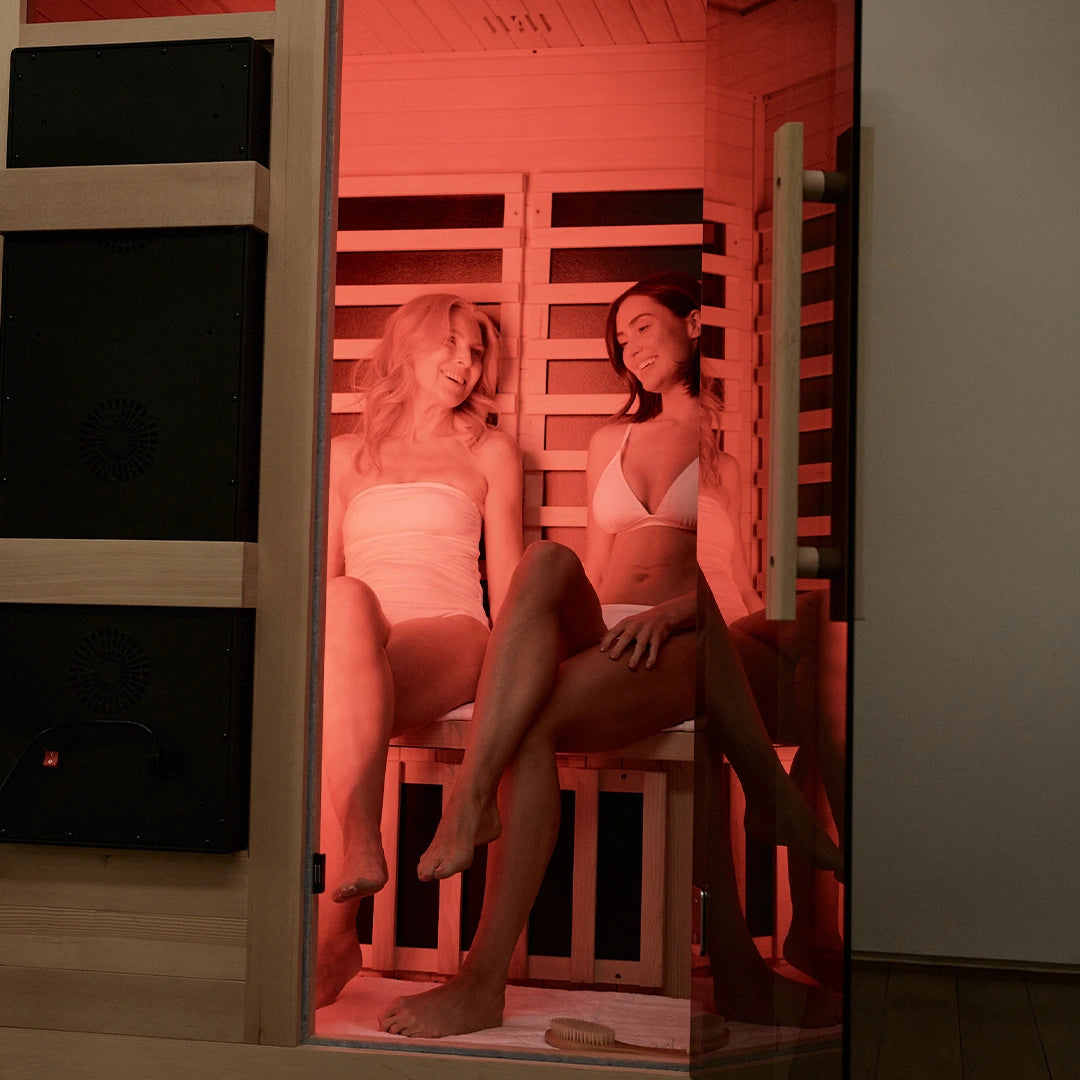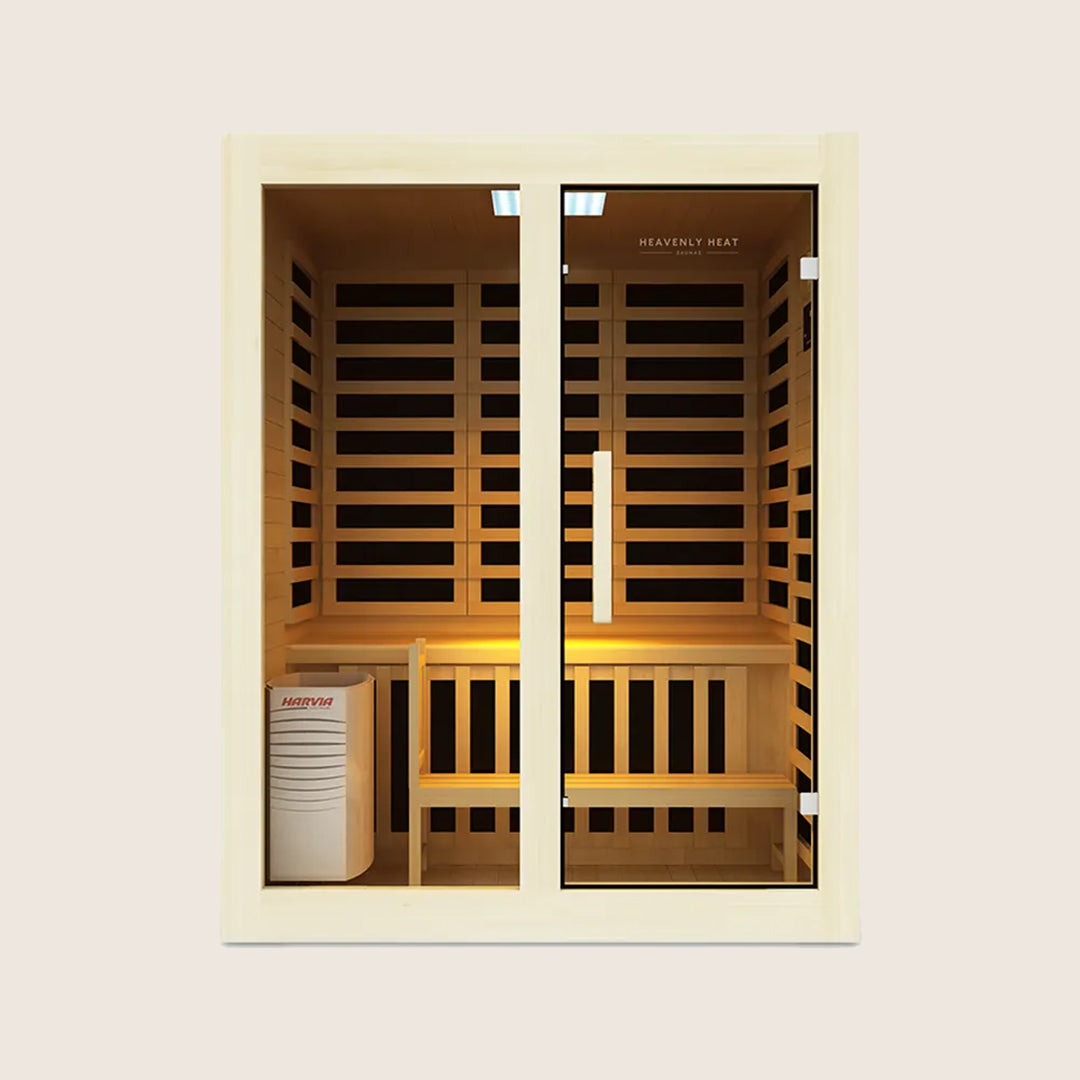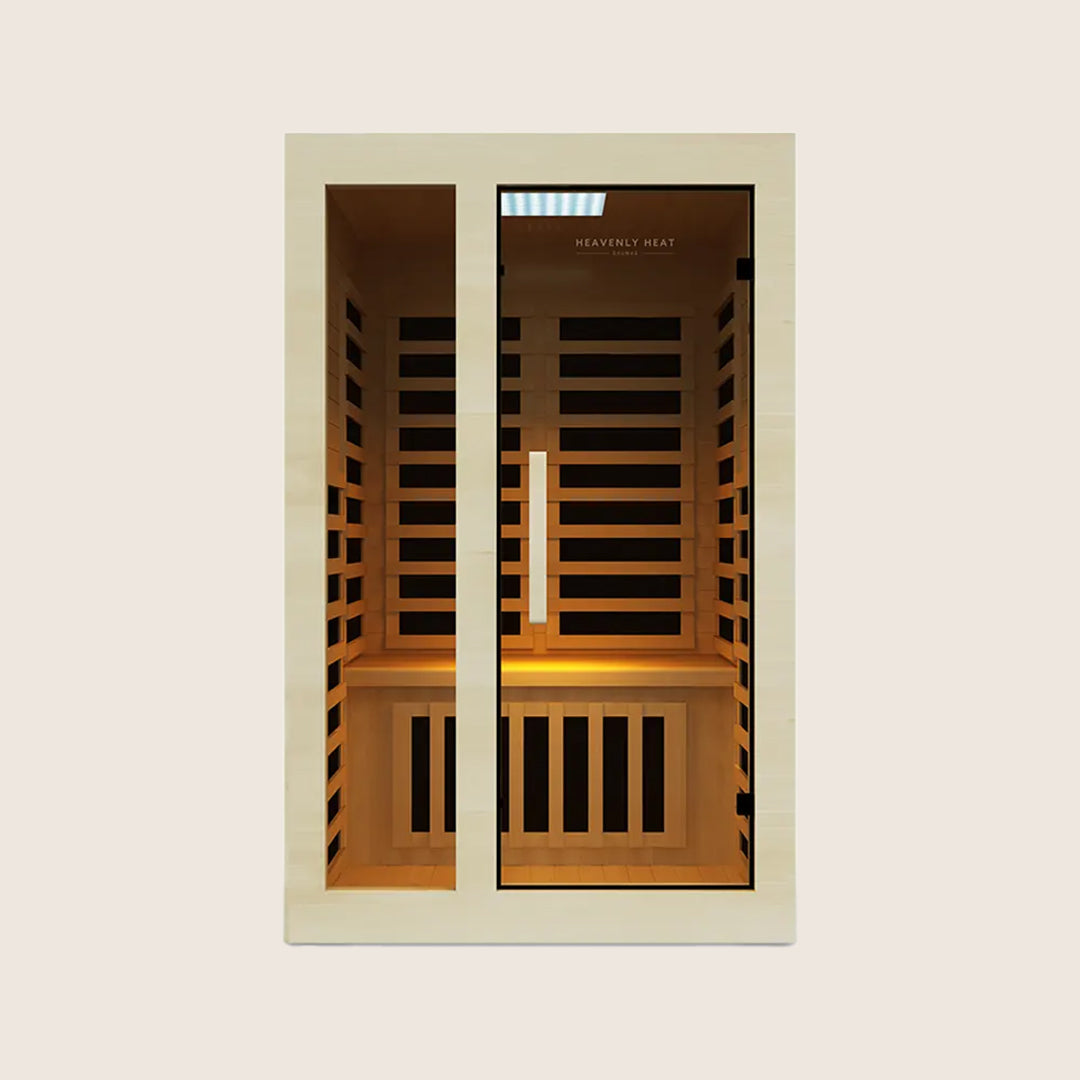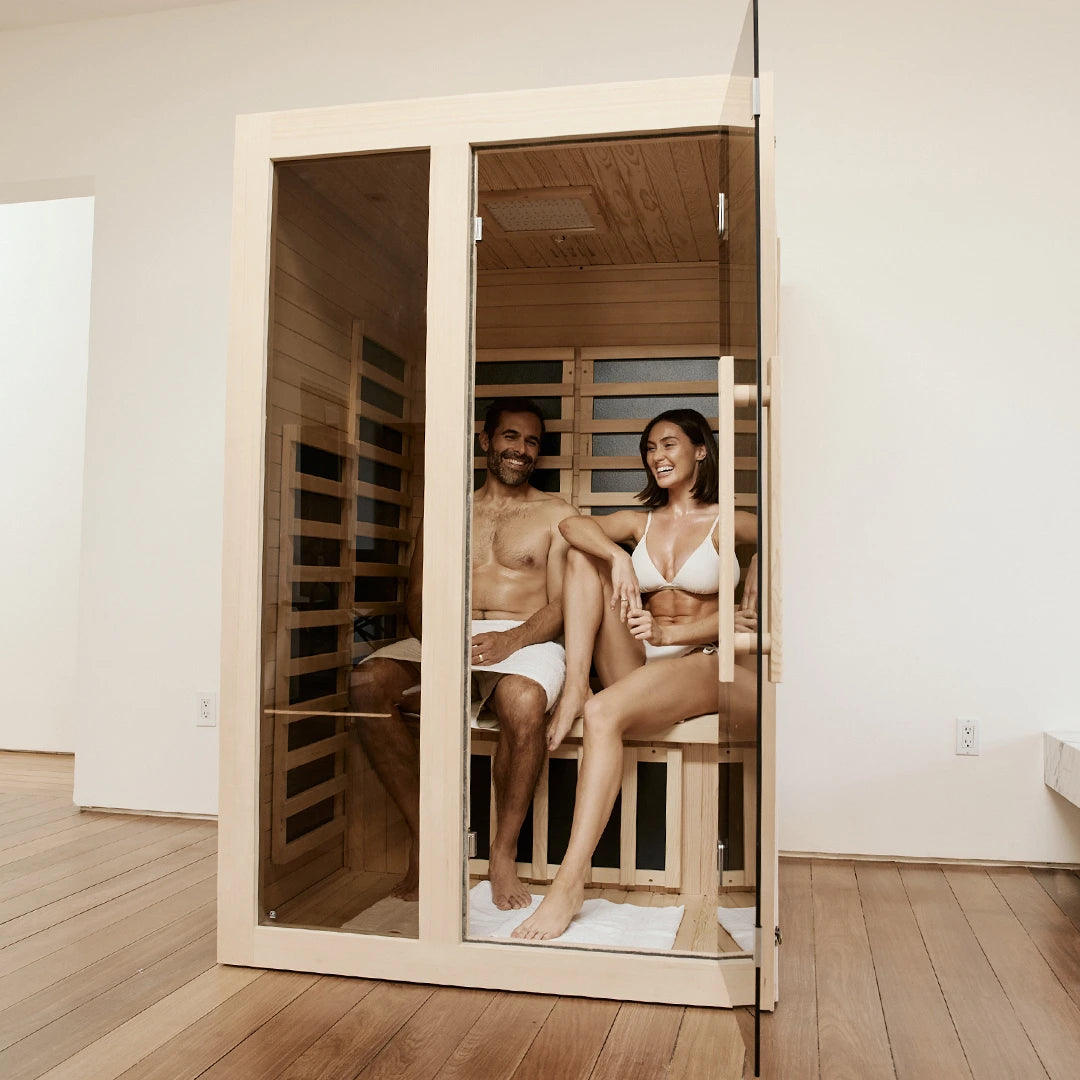Red Light Therapy for Chronic Pain: What You Should Know

Aching, burning, shooting, or stiff sensations that never seem to fade, chronic pain can make even the simplest tasks feel impossible.
Left untreated, it steals sleep, drains energy, and chips away at mental health. But what if relief didn’t require heavy medications or invasive procedures? Enter red light therapy, a promising approach you’ll want to know more about.
Table of contents
Key Takeaways
Target Pain Effectively: Red light therapy can help relieve chronic pain in joints, muscles, and nerves.
Reduce Inflammation: Regular sessions may decrease swelling and promote faster tissue healing.
Improve Mobility: Red light therapy supports better joint flexibility and muscle function.
Boost Circulation: Enhanced blood flow can soothe discomfort and aid recovery.
Safe and Accessible: When used correctly, red light therapy is generally safe, but consult your doctor if unsure.
What is Chronic Pain?
Chronic pain is more than occasional discomfort; according to Cleveland Clinic, it is pain that lasts for over three months and can affect any part of the body.
Unlike acute pain, which signals immediate injury, chronic pain persists and can interfere with daily life, leading to fatigue, mood changes, anxiety, or depression.
Primary causes of chronic pain include:
Arthritis and joint problems: Long-term inflammation and wear-and-tear.
Back pain and muscle strains: Often from injury, poor posture, or repetitive stress.
Headaches and migraines: Persistent nerve-related pain.
Nerve damage or neuropathy: Can result from diabetes, surgery, or infection.
Fibromyalgia: Widespread muscle pain with unknown triggers.
Chronic illnesses: Cancer, endometriosis, IBD, IBS, and acid reflux can contribute.
Injury or surgery: Lingering pain from broken bones or procedures.
Chronic pain is influenced by both physical and psychological factors, including stress, depression, or altered nerve responses, which can amplify sensations of discomfort.
This persistent pain can make everyday tasks, like working, sleeping, or exercising, challenging.
Effective management often combines medications, physical therapy, stress reduction techniques, and lifestyle adjustments, such as regular low-impact exercise and mindfulness practices.
With tailored treatment and support, individuals can reduce pain’s impact and regain control over their lives, offering a hopeful path toward improved well-being.

Benefits of Red Light Therapy for Chronic Pain
Relieves Pain by Targeting Affected Areas
Red light therapy has gained strong scientific support as a safe, non-invasive way to manage chronic pain.
Research published in the European Journal of Physical and Rehabilitation Medicine explains that photobiomodulation therapy (PBMT) works by targeting nerve cells at the source of pain.
The light penetrates the skin, balancing sodium and potassium ions across nerve membranes, which blocks pain signals much like opioids, without the side effects.
This cellular response also reduces inflammation by limiting proinflammatory mediators such as IL-6 and TNF-α.
On a biological level, red light enhances blood flow, delivering oxygen and nutrients that speed healing while reducing swelling and relaxing muscles.
Clinical evidence is also compelling: a review in Photodiagnosis and Photodynamic Therapy reported that patients with temporomandibular disorders experienced a 60–70% drop in pain scores after low-level laser therapy.
Similarly, UCLA Health highlights its effectiveness for fibromyalgia, knee osteoarthritis, and chronic low back pain.
For best results, most people benefit from 10–20 minute sessions, about 3–5 times per week, with daily use often recommended at the start.
Reduces Swelling and Inflammation
Chronic pain often feels worse when your tissues are swollen and inflamed. Red light therapy fights this inflammation by helping your cells calm down and repair themselves faster.
It boosts antioxidants, balances key inflammatory molecules, and reduces the stress that keeps pain going.
In one study with rats, LED therapy lowered inflammatory markers like IL-1β and TNF-α and sped up healing.
Another study on photobiomodulation showed red light helps immune cells switch to a calmer state, easing swelling and helping you feel better over time.
Speeds Up Healing of Muscles and Tissues
Red light therapy has gained attention for its ability to speed up muscle and tissue healing, with science offering strong support.
Research published in the Journal of Biophotonics highlights how photobiomodulation (PBM), using red or near-infrared light, can boost muscle performance, reduce inflammation, and aid recovery in athletes.
Both pre-conditioning before exercise and post-session treatments showed benefits in muscle repair and reduced soreness.
Similarly, findings in Lasers in Medical Science reveal that red light at 661 nm stimulates cell growth and migration, producing controlled levels of reactive oxygen species (ROS) that help wounds close faster in lab models, suggesting powerful potential for tissue repair in real life.
In addition, a pilot study reported in LASER THERAPY found that university athletes using 830 nm LED therapy returned to play in about 9.6 days, compared to nearly 19 days with standard care.
With measurable effects on circulation, inflammation, and cellular repair, red light therapy offers a safe, drug-free way to recover faster and keep the body performing at its best.
Improves Joint and Muscle Movement
Red light therapy has shown promising results in improving joint flexibility, muscle strength, and overall recovery.
A study published in the Scientific Reports Journal compared different wavelengths of low-level laser therapy (LLLT) in individuals with knee osteoarthritis.
Participants treated with the 808 nm wavelength experienced significant improvements in knee extensor and flexor strength, along with better performance in functional tests such as stair climbing and walking, suggesting its value as a complement to rehabilitation programs.
Similarly, research highlighted in the Annals of Rehabilitation Medicine investigated the effects of high-density LED therapy in patients with hand osteoarthritis.
After just eight sessions, patients reported a clear reduction in pain and improvements in joint movement, even without major changes in swelling.
These outcomes are supported by the biological mechanism behind red light therapy: it stimulates mitochondrial activity, boosting ATP production, the energy cells need to repair and perform efficiently.
This not only helps muscles recover faster but also enhances circulation, reduces inflammation, and supports long-term joint mobility.
Increases Blood Flow to Soothe Pain
Red light therapy works at a cellular level to ease chronic pain by boosting energy production in the body’s cells.
When red and near-infrared wavelengths penetrate the skin, they stimulate the mitochondria to produce more ATP, the fuel cells need to repair and function.
This energy boost reduces oxidative stress, supports collagen production, and helps tissues heal faster.
Another key benefit comes from the release of nitric oxide, which relaxes and dilates blood vessels, allowing more oxygen and nutrients to reach damaged areas.
Improved circulation not only accelerates healing but also helps reduce inflammation and discomfort.
Clinical evidence supports these effects, research published in Complementary Therapies in Clinical Practice found that red and infrared light increased blood flow in patients with diabetic foot ulcers, shortened healing times, and reduced pain scores.
These benefits extend beyond wounds, showing promise for musculoskeletal pain, tendinopathies, rheumatoid arthritis, fibromyalgia, temporomandibular joint disorders, and even lingering pain from injuries.
While more high-quality studies are needed, early findings highlight red light therapy as a safe, non-invasive option for soothing chronic pain.
FAQs
Is red light therapy safe for all ages?
Red light therapy has shown a strong safety record across age groups. In fact, more than 2,000 children have been studied in over 20 clinical trials, with no serious side effects reported, even after years of continuous use. For adults, particularly older adults, research highlights benefits like boosting collagen, reducing wrinkles, and improving skin health. The therapy works by stimulating fibroblasts and supporting cellular activity, which helps skin look healthier at any age. Evidence also suggests safety and potential benefits for seniors beyond skin care, with the Journal of Biomedicines noting that photobiomodulation therapy (PBMT) is being explored for conditions like Alzheimer’s and wound healing, with studies reporting good safety and compliance. While dermatologists and health organizations don’t set strict age limits, they advise consulting a doctor before use, especially for children, people on light-sensitive medications, or those with medical conditions. Using FDA-cleared devices, following instructions, and protecting the eyes are key steps to ensure safe and effective treatment across generations.
Should you consult a doctor before starting red light therapy?
Red light therapy is generally considered safe when used correctly, especially in the short term. Doctors often use stronger, medical-grade devices that can deliver more effective results than at-home options. Still, there are some risks, one clinical trial found that high levels of red LED lights could cause skin redness or blistering, and without protective goggles, the therapy may even harm your eyes. As highlighted by Top Doctors, most people don’t experience side effects, though some may notice mild redness, tingling, or irritation that usually fades quickly. The main concern is avoiding overuse and making sure the device is of good quality, since consumer products don’t always meet medical safety standards. Brown University Health also advises checking with your doctor or dermatologist before starting red light therapy at home. They point out that while at-home masks, panels, or wands are available, professional guidance ensures the treatment is safe and effective for your skin and overall health.
What wavelengths are most effective for pain relief?
Research suggests that light therapy can influence how our bodies perceive and respond to pain. The Journal of Pain highlights that red light around 660 nm can ease neuropathic pain and complex regional pain syndrome when applied to the skin, though the same light seen visually may worsen migraines. Interestingly, exposure to green light has been shown to reduce discomfort in conditions like migraines and fibromyalgia. On a cellular level, AIMS Biophysics (2017) explains that red and near-infrared light stimulate mitochondria through a process called photobiomodulation, boosting energy (ATP), reducing inflammation, and helping cells recover. Comparing different wavelengths, findings in the Journal of Biomedical Optics reveal that 830 nm often works better than 685 nm alone, though combining both enhances healing, especially in tissues rich in mitochondria. Finally, a network meta-analysis in Aging Clinical and Experimental Research suggests wavelengths around 904–905 nm show the most promise in easing knee osteoarthritis pain, though more high-quality studies are needed. Together, these findings highlight how specific wavelengths may offer targeted pain relief through different biological pathways.


